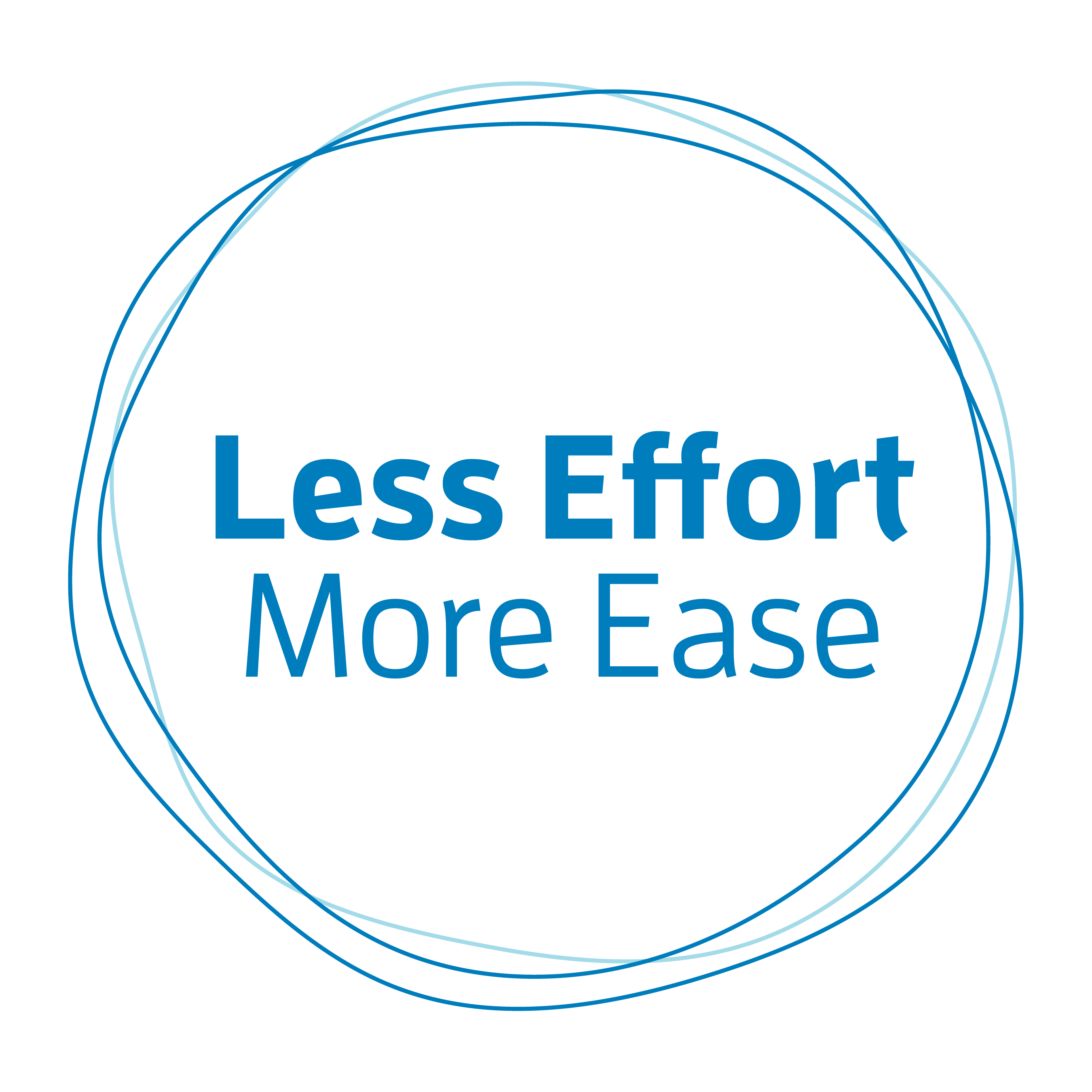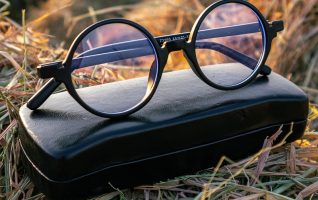In late November and early December of last year, a slew of articles appeared in the media with titles such as OMG, You’re Texting Your Way to Back Pain and Texting is Bad 4 UR Spine.
I know that texting or tablet use is correlated with many people’s neck, back, and shoulder pain and poor posture. However, just how much pressure you put on your spine when you are texting in the typical texting posture was shocking to me.
The media blitz on the texting topic was in response to a study that came out in the journal Surgical Technology International. The study found that as much as 60 pounds of pressure is put on the spine by the weight of the head when it’s bent in the position typical when using a smartphone or tablet.
Vision has a powerful influence on your posture. Your body follows your eyes.
Remember that you have a joint between the spine and the skull (way high up between your ears) that allows you to nod your head and look down a bit from. Well, that joint does not allow enough movement to look at something flat on the table in front of you (which is where I notice the majority of people place their smartphones when using them while seated). What happens is that as your eyes lower your body follows and you end up bending the whole spine forward.
Try this experiment:
Take your smartphone. Alternatively, a piece of paper with some text on it will do. Stand holding it at eye level and parallel to your face. Place your free hand gently on the base of your neck (for most of us the C7 vertebra sticks out a bit more there). Slowly lower the paper and angle it a bit until it is at about your belly button and parallel to the ground (where the man on the right in the cartoon above has his smartphone)
Notice that initially, you can look down with your eyes a bit without needing to move your head at all. To look down further without straining your eyes, you can allow your head to nod slightly way high up between the ears—still without bending the spine at the base of the neck. At some point, you will start to bend at the base of the neck to continue reading. This is a point where you have lowered your reading material too far.
The ideal reading angle will differ from person to person. 60 degrees from the horizontal give or take is often given as the ideal. If you wear bifocals it will be a bit lower as you must look through the bottom part of your glasses to read. Remember you can BITY instead of disrupting your delicate head-spine relationship.
Get a cover for your tablet that folds to hold it at a good angle for reading or use a book stand. There are stands as well for smartphones. A smart investment but I rarely see them being used.
Picture Credit: Evolution and Texting cartoon: Yale Alumni Magazine Nov/Dec 2014.




